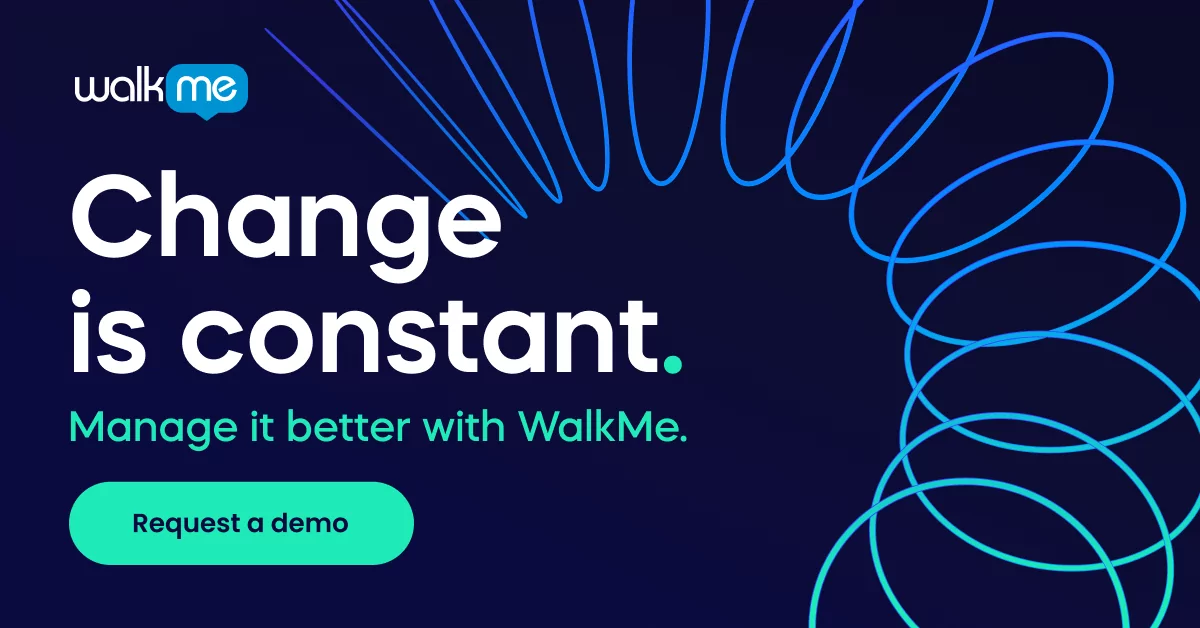Data is the lifeblood of the modern organization, and the right data ecosystem can make all the difference in your organizational performance.
Designing the right data ecosystem, however, is no simple task.
Challenges can include developing business models, choosing effective partners, recruiting top talent, and navigating the regulatory landscape.
With the right model and the right components, however, it is possible to develop a data ecosystem that generates significant value and enables one’s organization to gain an edge in today’s data-driven world.
What is a data ecosystem?
Data ecosystems are enterprise infrastructures, applications, and services that are used to capture, store, analyze, and leverage data.
That information can then be applied across a wide variety of business functions, from the customer experience to manufacturing, employee experience management, and even competitive intelligence.
Every organization is unique, which means that every data ecosystem will have its own distinct design.
Yet the components and the archetypes that data ecosystems are built upon remain the same.
The make-up of a data ecosystem includes:
Sensing data. This refers to identifying and assessing the value of data sources. To be effective, data must be accurate, complete, recent, and trusted. These data sources can be internal or external, collected through a variety of channels and via both software and hardware.
Collecting data. Data can be collected manually or through automated means. Customer data, for example, can be collected through surveys, customer feedback forms, online analytics platforms, and even physical sensors.
Processing, cleaning, and structuring data. Collected data is often raw and disorganized. The next phase of the data pipeline involves transforming that information into results that can be understood and analyzed.
Analyzing data. During this stage, structured data is analyzed, often with automated tools that leverage statistical models and even AI. The insights gained from these analyses can then be used to inform and drive decision-making.
Data storage. Data should be both secure and accessible. Typically, this means storing data either in the cloud, in onsite servers, or in a hybrid model.
Organizations can then fit these components together into a digital architecture that suits their own specific needs.
According to McKinsey, there are five ecosystem archetypes:
- Data utilities that aggregate data sets and provide services to other organizations.
- Ecosystems that vertically integrate data within the business and the wider value chain.
- End-to-end cross-sectorial platforms that provide services to customers or business through a single platform.
- Marketplace platforms that connect suppliers and consumers or businesses.
- B2B infrastructures upon which other organizations build an ecosystem business.
From this perspective, a data ecosystem defines a company’s role within the marketplace, which demonstrates how important an ecosystem is to an organization’s performance.
Building a data ecosystem
Regardless of the data ecosystem archetype, an organization’s end goal should be to support its customers and partners.
The right design and implementation of a data ecosystem can:
Increase process efficiency. Data and analytics can be applied to virtually any business process or department. The insights gained from data ecosystems can be used to identify and correct inefficiencies.
Lower costs. The right data ecosystem can create cost savings on a number of fronts—including, but not limited to, optimizing organizational performance, efficiency, communication, and resource utilization.
Improve innovation. The insights generated from data can offer new perspectives that otherwise may be invisible to employees. Predictive analytics, for example, can be used to identify hidden relationships in data and predict future trends and outcomes. This information, in-turn, can inform a variety of business initiatives, from product development to marketing.
Enhance customer experiences. Maximizing customer engagement and customer success is among the top priorities for any organization. Proper use of data can offer critical information into customers’ needs, which can then be turned into actionable insights that create more cohesive and personalized customer journeys.
Increase revenue for the business. Ultimately, the right data ecosystem can generate bottom-line returns for the organization and even a competitive advantage. In some cases, business models are built upon their data ecosystem, which means that the ecosystem’s success can directly determine an organization’s success.
To achieve these benefits, it is necessary to address key issues related to the operation of the ecosystem and how users will access data, such as:
Identity management. Managing access to data relies upon an organization’s ability to manage users’ identity securely, either remotely or onsite.
Security. Data breaches can be very costly for an organization and damaging to users, so it is critical to maintain up-to-date security mechanisms. This means securing the key components in the data ecosystem, including areas such as identity management, data exchange, and storage.
Storage. Modern data ecosystems should be both secure and, in the remote work era, accessible from any location. As mentioned above, this often means investing in cloud ecosystems.
Scaling. As a business grows, so too must its systems. An organization that has upward ambitions should account for that potential growth when designing its data ecosystem with data services that can adapt on the fly.
Data and analytics platforms. Data and analytics software platforms will play a large role in how users access data and how effectively the organization can use its data. Considerations when selecting a platform should include those mentioned above, such as accessibility, scalability, and security.
To become digital jungle royalty
Your organization should define its own place in the value chain and the economy. Once you have done so, determine the proper data ecosystem archetype that best suits your org’s needs. Finally, implement and continuously optimize that ecosystem over time.


